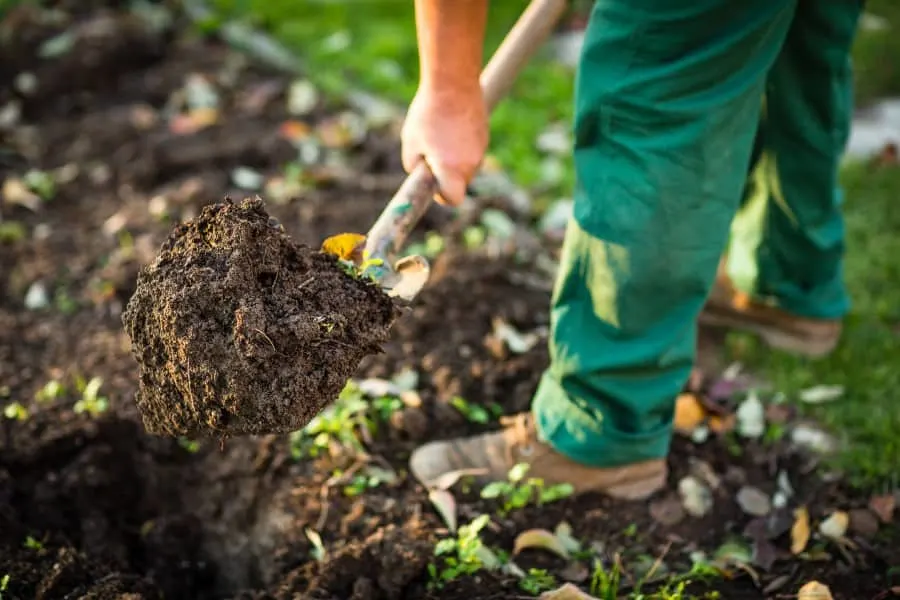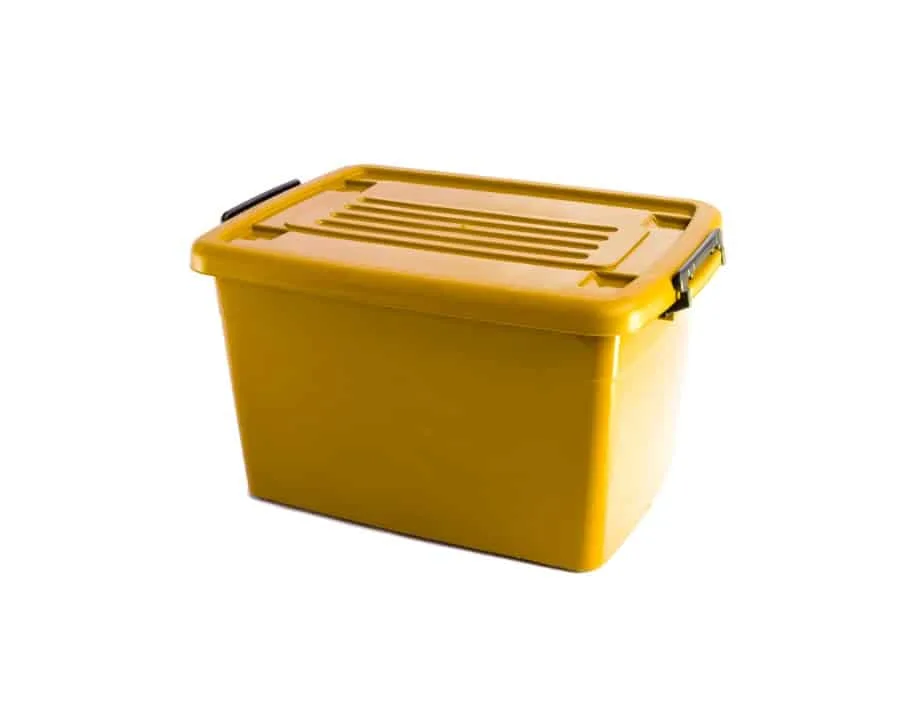Potting soil is crucial for all gardeners and there is often some unused soil leftover at the end of the planting season, especially if the soil was bought in bulk. While potting soil is not so expensive, it is a pity to throw away a pack of leftover soil, just because it has been opened. Correctly storing it can help you ensure that your bag will make it through the winter months and still be useful when spring comes around.
To store soil without it going bad, ensure that the potting soil is healthy and check the bag for holes. Move the bag into a sealed container such as a clean and dry storage tote that is solid colored to protect it from UV damage. Store the tote and the soil in your garage for up to two years.
If you have a lot of potting soil left at the end of the season, you can store it and save it for years after if you follow the steps below.

Does Potting Soil Go Bad or Spoil?
Potting mix does not spoil over time, but its nutrient concentration does lose its potency. If you leave a bag of potting soil open for several months, all the nutrients and compounds that make it beneficial for the plant will decay. This nutrient decay happens even if the bag is sealed, but at a slower rate.
If you leave a bag of potting mix in a humid environment, the moisture can make its way throughout the mixture, causing it to mold or even attract pests. If this type of soil contamination happens, you should discard it altogether.
If you have been taking good care of your potting mix and you wish to save it for next year, you can check out the instructions to store it correctly below.
Alternatively, if you have some potting soil that has become dry and unusable, you might try to use the tips in the video below to revitalize it and use it towards your next project:
6 Steps to Store Extra Potting Soil
Keep the Original Bag
If the potting mix is still in its original bag, remember to keep it. Potting mix is often best stored in its original container. If the package is intact, sturdy, and sealable, you do not need much more than that. You can re-seal the package and store it in an airtight container.
Inspect the Bag
Whether the bag is sealable or not, you will need to start by examining it for holes and scratches. If the bag is broken, it will not work for storing the soil. The openings can lead to moisture absorption which will attract mold and pests.
Inspect the Soil
Once you know that the bag is intact and healthy, it is time to analyze the soil. You can do so by sifting through the bag’s content with your hands and checking for any signs of insects, bugs, eggs, or mold. If the potting mix has been compromised or exposed to insects or animals, you should not use it or store it.
Choose the Right Container
The plastic bag your potting mix comes in might be sturdy, but it is not usually designed for long-term usage. So, you will need to move the bag into a sealed container. When picking the best one for your needs, keep in mind that it should be:
- Sealed to prevent moisture from entering or escaping the mix
- Solid colored to prevent UV damage
- Sturdy to withstand prolonged use and weathering
- Large enough to store the amount of soil you are storing
A storage tote might be a perfect choice. However, dishwasher-safe containers with a lid are also suitable for smaller quantities of soil.
Clean and Dry the Container
It is crucial to clean the container before use. If you skip this step, it is possible for bacteria on the box or tote to come in contact with the soil. Some gardeners use some bleach (often mixed with water to produce a mild solution) to prevent the spread of bacteria, fungi, or viruses from the container into the potting mix.
Move the Soil into the Container and Store It
Move the soil (still in its original bag, if possible) into the sealed container and close it. If the bag is not sealable, use tape to seal it. You can also use tape on the outside of containers to ensure that the soil is kept airtight.
Then, store the container in a location that is not affected by drastic temperature changes and does not receive too much light, ideally a garage, shed, or closet. It is not recommended to store your soil outside.
How Long Can You Keep Unused Soil?
If you have stored the potting mix properly, you can use it a year later for the following growing season. Depending on the conditions in which it was stored, you might be able to use it for up to two years.
It is also important to remember that both opened and unopened bags will start to spoil with time.
Best Types of Containers to Store Soil In

To extend the lifespan of your unused soil, you will need an excellent container to safely store it through winter. The best type of container you can use for storing soil is a solid colored, dry, and clean storage tote.
These containers are also easily accessible and relatively inexpensive, which makes them the best choice. However, if you only have small quantities of soil to store, you can use smaller containers or dishwasher-safe boxes that can be sealed with a lid.
How to Store Extra Soil if You Live in an Apartment
Storing soil in an apartment can be challenging but is not impossible. It does mean that you will likely not need too much soil for your houseplants, so you might only have a smaller quantity of soil leftover to store. In that case, once you place in an airtight container, you can likely store it away in a closet.
If you’re low on closet space, you can also store it in plain sight by investing in a hollow, yet stylish, container. Use a sealable plastic bag to keep the soil and hide the plastic bag in a decorative container that can be kept in your living room. One of the benefits of this choice is that your soil will not suffer drastic temperature changes.
How to Store Extra Soil in Your Garage
Garages, sheds, and basements are the ideal places to store potting soil. While these places might not be as well-insulated as other parts of your home, their temperature is still better regulated than the outdoors. The level of humidity and moisture in these locations is also generally low.
For increased safety, ensure that the soil is not lying on the floor or in a location where it could get wet.
How to Store Extra Soil Outdoors
Storing the soil outdoors is not recommended. When soil is stored outdoors it will be at the mercy of natural elements, including UV rays, moisture, and temperature changes, which will drastically cut the lifespan of your soil. My recommendation is to never store soil outdoors.
Closing Thoughts
Storing unused potting soil is good for both your wallet and the environment. Make sure to store your soil in a solid-colored container and in a dry environment with a stable temperature. By doing so, you will extend the lifespan and nutrient concentration of your potting soil, allowing for use in the next growing season
